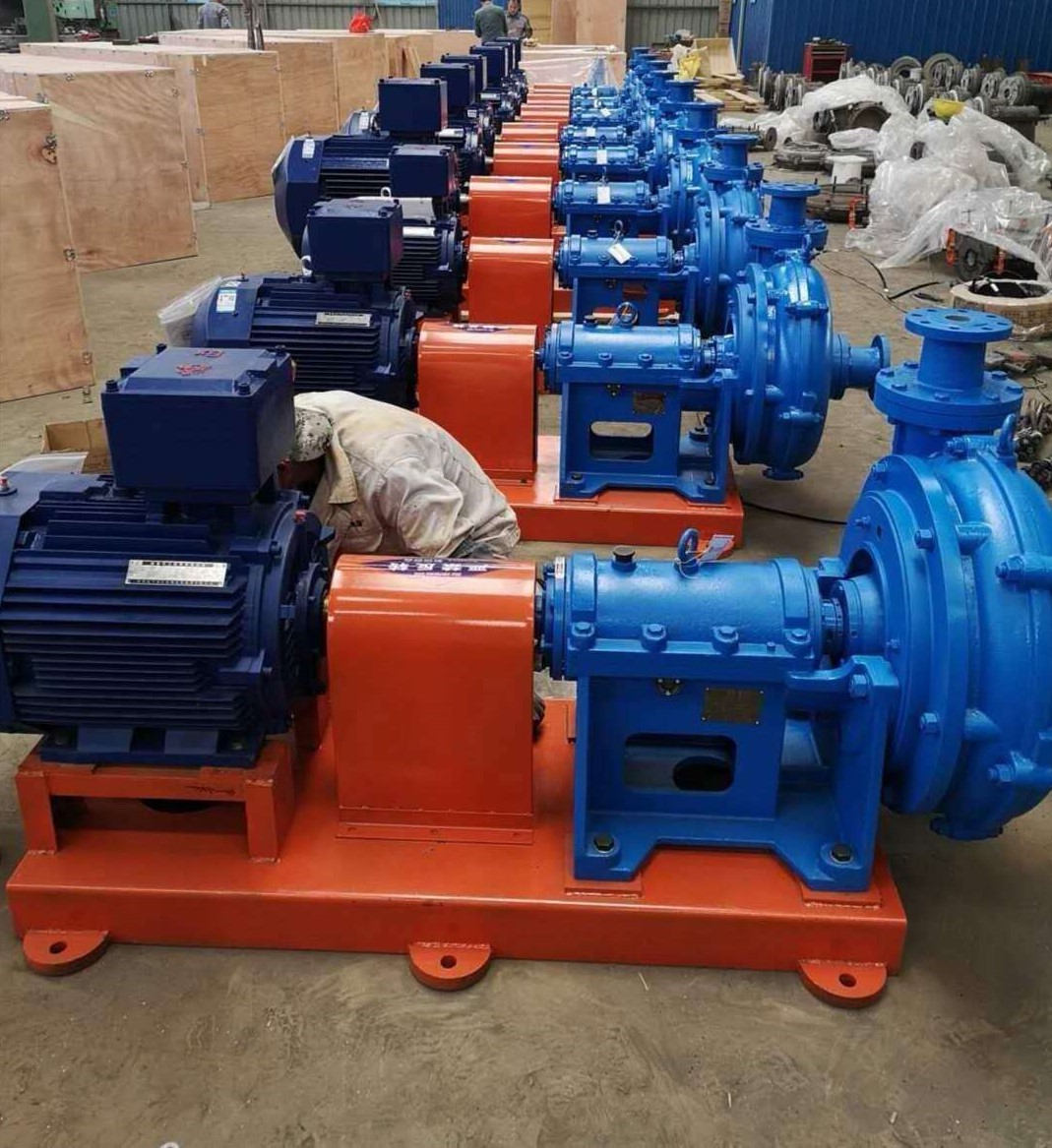Latvian
- Afrikaans
- Albanian
- Amharic
- Arabic
- Armenian
- Azerbaijani
- Basque
- Belarusian
- Bengali
- Bosnian
- Bulgarian
- Catalan
- Cebuano
- Corsican
- Croatian
- Czech
- Danish
- Dutch
- English
- Esperanto
- Estonian
- Finnish
- French
- Frisian
- Galician
- Georgian
- German
- Greek
- Gujarati
- Haitian Creole
- hausa
- hawaiian
- Hebrew
- Hindi
- Miao
- Hungarian
- Icelandic
- igbo
- Indonesian
- irish
- Italian
- Japanese
- Javanese
- Kannada
- kazakh
- Khmer
- Rwandese
- Korean
- Kurdish
- Kyrgyz
- Lao
- Latin
- Latvian
- Lithuanian
- Luxembourgish
- Macedonian
- Malgashi
- Malay
- Malayalam
- Maltese
- Maori
- Marathi
- Mongolian
- Myanmar
- Nepali
- Norwegian
- Norwegian
- Occitan
- Pashto
- Persian
- Polish
- Portuguese
- Punjabi
- Romanian
- Russian
- Samoan
- Scottish Gaelic
- Serbian
- Sesotho
- Shona
- Sindhi
- Sinhala
- Slovak
- Slovenian
- Somali
- Spanish
- Sundanese
- Swahili
- Swedish
- Tagalog
- Tajik
- Tamil
- Tatar
- Telugu
- Thai
- Turkish
- Turkmen
- Ukrainian
- Urdu
- Uighur
- Uzbek
- Vietnamese
- Welsh
- Bantu
- Yiddish
- Yoruba
- Zulu
Telephone: +86 13120555503
Email: frank@cypump.com
Okt . 22, 2024 00:29 Back to list
submersible sewer pump
The Importance of Submersible Sewer Pumps in Modern Wastewater Management
In the world of modern wastewater management, submersible sewer pumps play a critical role. These innovative devices are designed to operate submerged in waste fluid, making them an efficient solution for handling sewage and stormwater in various environments, including residential, commercial, and industrial settings.
Functionality and Design
Unlike traditional pumps that are installed above ground, submersible sewer pumps are engineered to operate underwater, often found within wet wells or pits. Their design includes a sealed motor that can withstand the pressures of being submerged, protecting the internal components from damage due to moisture. These pumps typically feature a vortex or solid-handling impeller, allowing them to effectively manage thick liquids and solids without clogging. This capability is especially important in municipal wastewater systems where the presence of debris is common.
Applications and Benefits
Submersible sewer pumps are versatile and can be utilized in numerous applications. In residential settings, they are ideal for basement drainage, sewage ejection, and flood control. In industrial scenarios, they are invaluable for managing wastewater in manufacturing processes, ensuring that facilities comply with environmental regulations. Additionally, municipal applications include pumping stations where these pumps facilitate the transportation of sewage and stormwater to treatment facilities.
One of the primary benefits of submersible sewer pumps is their space-saving design. Being installed below ground, they reduce the clutter and equipment footprint above. This design also minimizes noise pollution, providing a quieter environment for residential and commercial areas. Furthermore, the efficiency of these pumps in handling large volumes of wastewater quickly can prevent overflows and backups, which are not only inconvenient but can pose serious health risks.
submersible sewer pump

Maintenance Considerations
While submersible sewer pumps are robust, they still require regular maintenance to operate efficiently. Some key maintenance activities include checking the electrical components, inspecting the pump for wear and tear, and ensuring that the discharge lines are clear of obstructions. It’s advisable for facility managers and homeowners to develop a routine maintenance schedule and engage professional services when necessary. Implementing early intervention practices can significantly prolong the lifespan of the pump and reduce emergency repairs that can be costly and disruptive.
Environmental Impact
The environmental benefits of utilizing submersible sewer pumps cannot be overlooked. By effectively managing and transporting wastewater, these pumps help reduce the risks of contamination of natural water bodies. Furthermore, modern submersible pumps are often designed with energy efficiency in mind, contributing to lower operating costs and a reduced carbon footprint.
Conclusion
In summary, submersible sewer pumps are integral to the efficient management of wastewater across various sectors. Their functionality, coupled with the benefits they offer in terms of space, noise reduction, and environmental protection, makes them a vital component of contemporary sewage management systems. As we continue to seek innovative solutions to meet the demands of growing populations and urbanization, the importance of reliable submersible sewer pumps will only increase. Ensuring their efficiency through regular maintenance will be key to preserving public health and environmental integrity.
-
Heavy-Duty Mining Sludge Pumps - Wear-Resistant Slurry Handling
NewsAug.02,2025
-
Horizontal Split Case Pump with GPT-4 Turbo | High Efficiency
NewsAug.01,2025
-
ISG Series Pipeline Pump - Chi Yuan Pumps | High Efficiency, Durable Design
NewsAug.01,2025
-
Advanced Flue Gas Desulfurization Pump with GPT-4 Turbo | Durable & Efficient
NewsJul.31,2025
-
ISG Series Vertical Pipeline Pump - Chi Yuan Pumps | Advanced Hydraulic Design&Durable Construction
NewsJul.31,2025
-
ISG Series Vertical Pipeline Pump - Chi Yuan Pumps | Energy Efficient & Low Noise
NewsJul.31,2025










